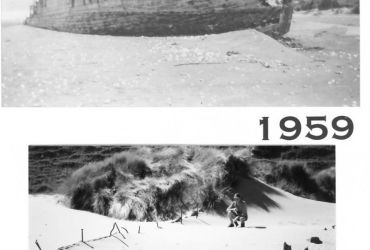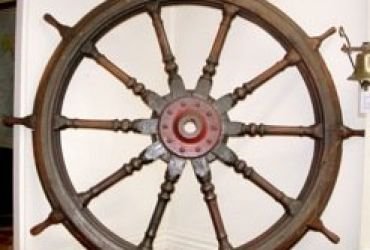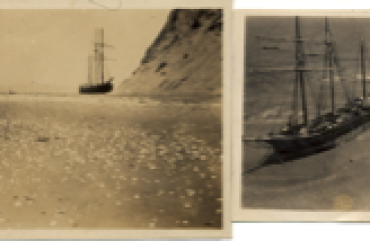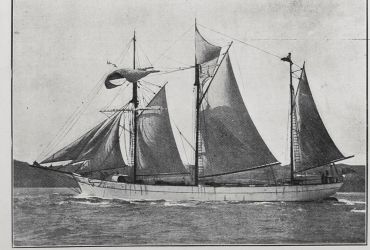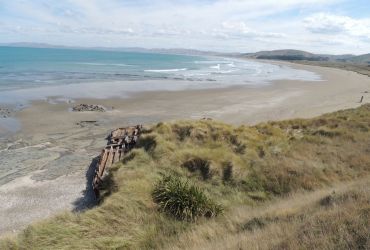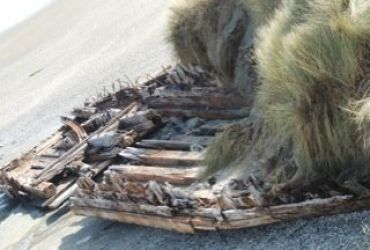Maroro Wreck: Central Hawke's Bay Museum Display Concept
In 2015 there was a coastal storm at Porangahau, Central Hawke's Bay (CHB). This storm moved large amounts of sand from the headland where the schooner Maroro foundered inside the Blackhead reef, close to Porangahau, in 1927. From time to time natural movement of sand allows a view of the wreck as it survives today and is often photographed to give a visual record of its deterioration over the past nearly 100 years.
After the storm of 2015 the CHB Museum contacted me, with a view to creating an interactive display using the Museum's artefacts in a realistic way to represent this well known wreck on the CHB coastline.
The team at HRD sought permission to visit the wreck, as access to the beach area runs through private farmland on this remote part of the CHB coastline. Not only were we given permission, but we were also directed to the best access to the beach by the farm owner and his wife.
We accessed the beach and the wreck site on our quad bike, as the site itself is some way from the beach access point. It was winter and we were glad of our thermos of coffee and our warm clothing.
Each time the wreck is uncovered there seems less to see, but using the stories the team at HRD had been told by locals about their visits to the wreck during their lifetimes - as this was quite a popular fishing spot - we were able to gain quite a feeling for the cultural importance of this wreck during our visit.
From our visit to the wreck and a visit to the Museum to photograph and measure their collection items, we were able to design a concept which would suit the requirements of the Museum, as well as create a realistic atmosphere for interaction by the public. Two important points to convey were the deterioration of substantial timbers, and the covering of the wreck by sand. These were to be achieved with the use of heavy weathered material, with large gaps in the wall to allow light to play in the room space. Also some items were to be placed in cases in the floor, so that people could walk over them, thus indicating the covering of precious history by nature.
A scale model was constructed by the team at HRD to convey the proposal to stakeholders, and a quantity survey was carried out on the project to quantify its cost and spatial requirements. All was presented to the Museum for its consideration.
The CHB Museum didn't see the display as a must-have, unfortunately, and so the build didn't go ahead. This was a pity, given the local history around coastal shipping and the social connection to the wreck and site. Also the quality of the artefacts which the Museum holds in its collection would have been strongly supported by the building of this display.
